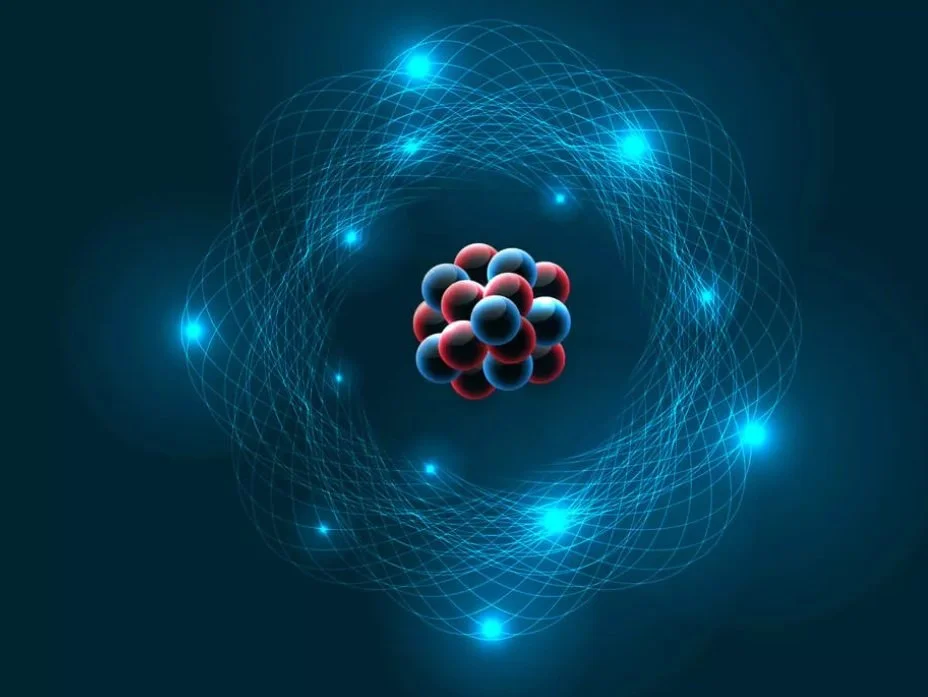Chemical Formulas and Nomenclature
When you are learning to write chemical formulas and assign names to compounds, it is helpful to think of chemical compounds falling into one of three categories: ionic compounds, covalent (AKA molecular) compounds, or acids. Each of these categories has its own naming and formula writing rules associated with it.
Watch the video below to learn more about classifying compounds into one of the three major types:
Explore each of the links below for directions pertaining to naming and writing formulas for each type of compound:
Ionic Compounds:
Ionic Compounds involve the transfer of electrons from a positively charged cation to a negatively charged anion. Most ionic compounds form between a metal and a nonmetal or between a metal and a polyatomic ion. You might want to print this polyatomic table of ions to help you with the charges of cations, anions, and polyatomic ions. This may prove useful when working with ionic compounds. Ionic compounds are overall neutral, so you will learn how to write ionic formulas which balance charges between the cation and anion.
Open the Periodic Table of Ions and print yourself a copy
Writing Names for Ionic Compounds When Given the Formula
Writing Formulas for Ionic Compounds When Given the Name
Covalent (Molecular) Compounds:
Covalent compounds, also known as molecular compounds, involve the sharing of electrons. Covalent bonds usually form between nonmetal atoms. Covalent compounds follow special naming rules which use prefixes to indicate the number of each type of atom within the compound.
Writing Names for Covalent Compounds When Given the Formula
Writing Formulas for Covalent Compounds When Given the Name
Acids:
Although there are several definitions for acids which you might learn in chem II, in terms of nomenclature an acid consists of hydrogen bonded to a nonmetal or hydrogen bonded to a polyatomic ion. Acids are essentially ionic compounds where hydrogen is acting like a metal and transferring its electrons. Acids follow very specific naming conventions.
Writing Names for Acids When Given the Formula
Writing Formulas for Acids When Given the Name
The following video summarizes the rules for writing names and formulas for each type of compound:
Practice
Once you feel confident in the rules for naming compounds and writing formulas, you should try some practice problems. Below is a link to 4 sets of practice problems which contain a mixture of ionic, covalent, and acids. Work each set, then use the answer key to check your work.
Try a mixture of practice problems for ionic compounds, covalent compounds, and acids



